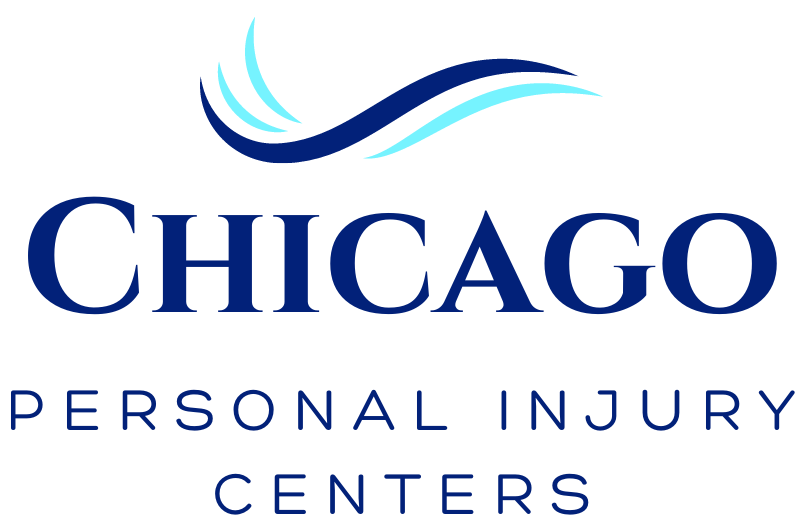When it comes to workplace safety, the adage “an ounce of prevention is worth a pound of cure” resonates deeply, particularly for us here at Chicago Personal Injury Centers who witness firsthand the profound impact that workplace injuries can have on individuals and their families. Each day, individuals across various industries dedicate themselves to their jobs, contributing to the growth and prosperity of their organizations. However, this commitment is not without risks, as workplaces often harbor potential hazards that can lead to injuries and accidents.
There are practical strategies and insights that can easily be implemented to preventing workplace injuries and risks effectively. Regardless of industry or profession, each workplace possesses its unique set of potential hazards. By understanding and addressing these risks comprehensively, both employers and employees are empowered to create an environment where everyone can thrive without compromising their safety.
Prioritizing the health and safety of the workforce will significantly reduce the occurrence of workplace injuries, enhance productivity, and ultimately cultivate a workplace where the well-being of every individual is a paramount concern. The employees, employers, and the business as a whole will all benefit with some pragmatic safety practices in place.
Workplace safety is not just a legal requirement; it’s a fundamental necessity for both employees and organizations. The consequences of workplace injuries extend beyond the physical harm to individuals; they also impact an organization’s productivity, morale, and financial stability.
Understanding Workplace Injuries
Workplace injuries encompass a broad spectrum of incidents that occur in a work environment, from minor accidents to severe, life-altering events. Understanding the common types of workplace injuries is crucial for implementing preventive measures effectively. Moreover, these injuries come at a cost – medical expenses, legal issues, decreased productivity, and employee turnover, all of which can significantly impact an organization’s bottom line.
The Role of Safety Training and Education
Safety training and education play a pivotal role in ensuring a safe work environment. Employees need to be equipped with knowledge about potential hazards, safe work practices, and the proper use of equipment. Different types of safety training programs, ranging from general safety guidelines to specialized training for specific job roles, are essential in creating a safety-conscious workforce.
Regular Risk Assessments
Conducting regular risk assessments is an integral part of preventing workplace injuries. Risk assessments involve identifying potential hazards, evaluating associated risks, and implementing measures to mitigate these risks. This ongoing process ensures that safety protocols are up to date and effectively protect employees from evolving risks.
Providing Proper Equipment and Tools
Ensuring that employees have access to appropriate and well-maintained equipment and tools is fundamental for injury prevention. From personal protective gear to machinery, using the right equipment is a key factor in reducing workplace accidents. Regular maintenance and educating employees on proper equipment usage further enhance workplace safety.
Promoting a Culture of Safety
Creating a safety-first culture within an organization involves fostering an environment where safety is a shared responsibility. Organizational culture profoundly impacts safety outcomes, and encouraging employees to actively participate in safety initiatives, report concerns, and suggest improvements cultivates a culture that prioritizes safety.
Ergonomics and Workplace Design
Designing ergonomic workspaces significantly contributes to injury prevention. Ergonomic principles ensure that workstations are designed to fit the individual, reducing the risk of musculoskeletal injuries and enhancing overall well-being. Implementing ergonomic design principles is an investment in employee health and productivity.
Emergency Preparedness
Being prepared for emergencies is vital for minimizing the impact of potential accidents. Emergency response plans and employee training ensure a coordinated and effective response during critical situations. Educating employees on emergency procedures and conducting regular drills further reinforces workplace safety.
Reporting and Incident Investigation
Encouraging a culture of incident reporting and thorough investigation is essential for continuous improvement in workplace safety. Near misses and incidents should be reported without fear of reprisal, and detailed investigations should lead to actionable improvements that prevent similar incidents in the future.
Pledge Ongoing Commitment to Safety and Preventing Workplace Injuries
Workplace safety is an ongoing commitment that requires collective effort and vigilance. By prioritizing safety, organizations not only protect their most valuable assets—their employees—but also create a conducive environment for productivity, growth, and employee satisfaction.
We urge you to implement the strategies and insights provided in this guide and invite your feedback and questions to continue the conversation on creating safer workplaces for all. Together, let’s build a safer, healthier work environment for a brighter future.
If you or a loved one are suffering workplace injuries, call Chicago Personal Injury Centers today at (773) 482-5800 and schedule an appointment. We have comprehensive workplace injury treatment in Chicago.
